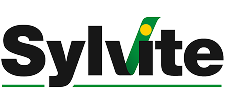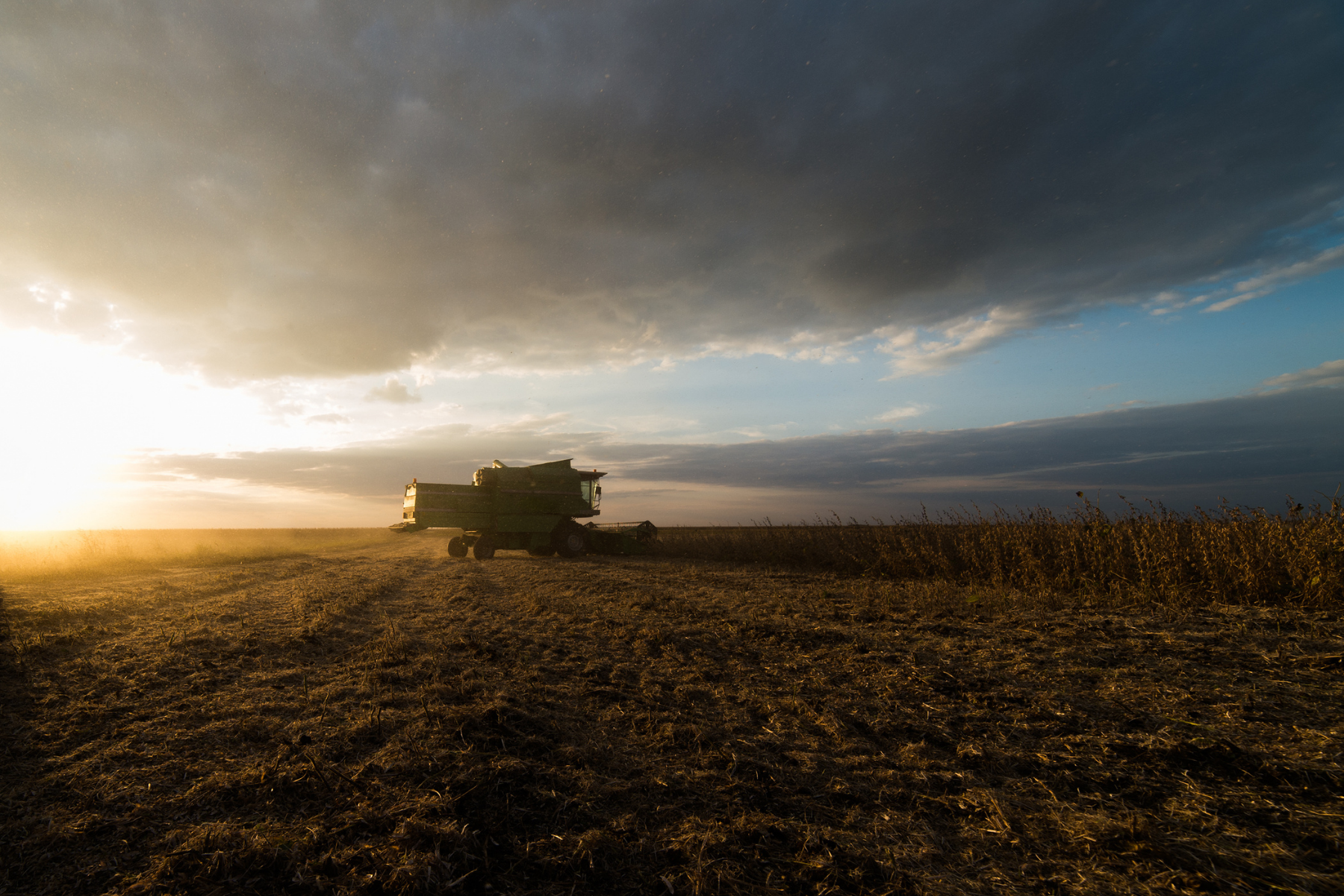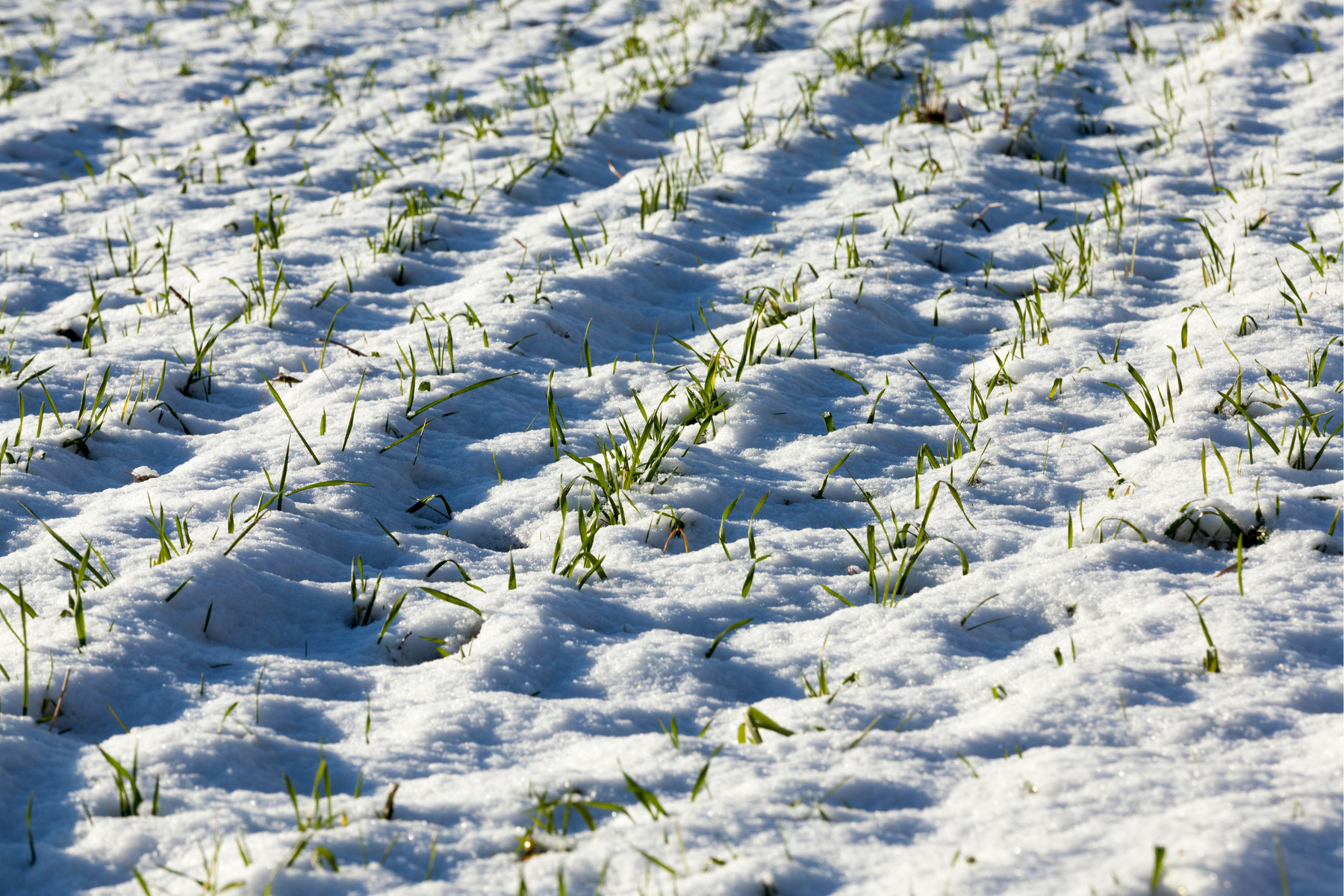In 2023, the grain sales market in Ontario showcased its dynamic nature. We closely observed the trends, adapting strategies to help you make informed decisions.
Farming is a business, and like all businesses it incurs costs. The costs of production are an investment and the return on the investment are the gross earnings from crop yield. Spending wisely can have huge implications on yield.
Sylvite’s team of agricultural adviser are here to help you with input decisions like fertilizer, seed and pesticide. Have a look at your operation and see how you are investing your hard-earned money.
5 Ways to Manage Yield Goals and Rising Input Costs
Plan properly. Crafting a thoroughly researched plan is essential for enhancing your farm’s yield to its maximum potential while minimizing costs to ensure prudent and efficient farm management. Additionally, be sure to factor in market conditions for your crops and explore the available markets for optimal results.
Consider your inputs. To help meet the challenge of higher expenses, you’ll want to factor all your input costs into your budget plan for the year. How much are you spending on seed, fertilizer, equipment, and labor? Below are some additional crop budget line items to consider:
- Fuel
- Maintenance
- Market Fee
- Crop Insurance
- Tillage
- Planting
- Spraying
- Combining
- Soil Sampling
- Drying
- Land
- Pre – Harvest Burndown
- Storage
Make use of data and historical farm notes.
Maintaining comprehensive records, encompassing both successes and setbacks, is crucial. Evaluate your observations on weather-related challenges, pest issues, and fluctuations in commodity prices. This analysis serves as a valuable tool for assessing cash flow and gauging the overall profitability of your farm business.
Timing and accuracy of fertilizer and pesticide applications.
Focus on careful calibration, as well as precision control to avoid overlaps. Properly follow labeled rates and know how much product you’re applying in each pass.
Utilize soil tests to maximize application and potential yields.
These tests can ensure you’re choosing the right product that will give you the best value for your money.
Calculating goals and costs can help you better understand the correlation between input costs, your yield goals, and expected profit. With this data, you can make better input purchase decisions. More details on crop budgeting are available from OMAFRA: https://files.ontario.ca/omafra-field-crop-budgets-pub-60-en-2023-01-18.pdf
To help you optimize you crop input investments talk to a Sylvite representative today. We are located across southern Ontario, including Pain Court, Kent Bridge, Blenheim, Rodney (Black’s Lane), Putnam, Granton, Hensall, Port Albert, Mitchell, Sunnyside, Norwich, Langton (Silverhill) and Bethany (Ponty Pool).
Additional Resources:
- Market Review 2022-23 (Ontario Grain Farmer)
- A year in review (Ontario Grain Farmer)
- Archive Webinar: How to optimize your input investment (Top Crop Manager)
- Canadian Economic Outlook for 2024 (bdc)




